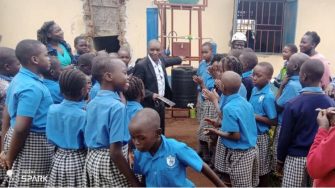UNSW students support local efforts for safer drinking water in Uganda
UNSW Humanitarian Engineering students are working with Uganda’s Gulu University and Africa STEM Education Initiative (ASEI) to improve the safety of drinking water for schools, healthcare centres, and remote communities in Northern and Western Uganda.



